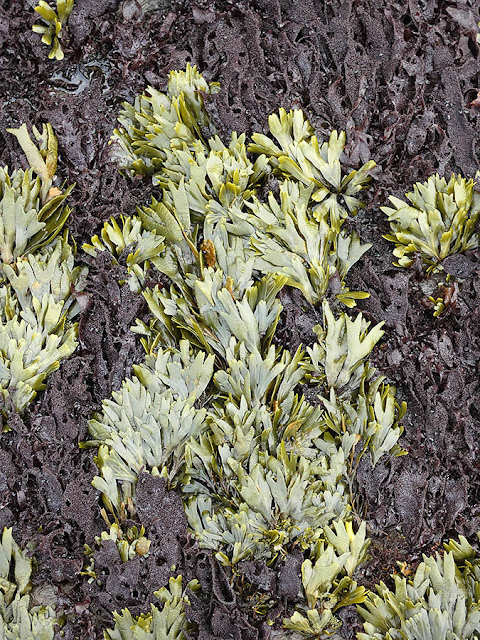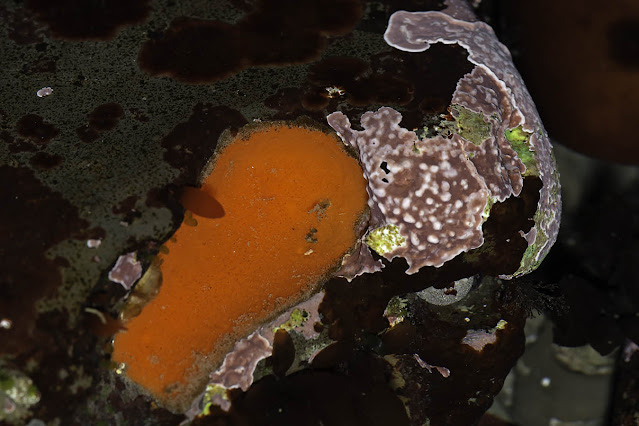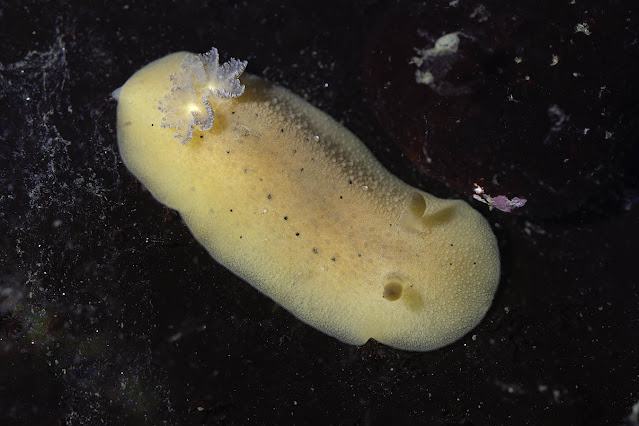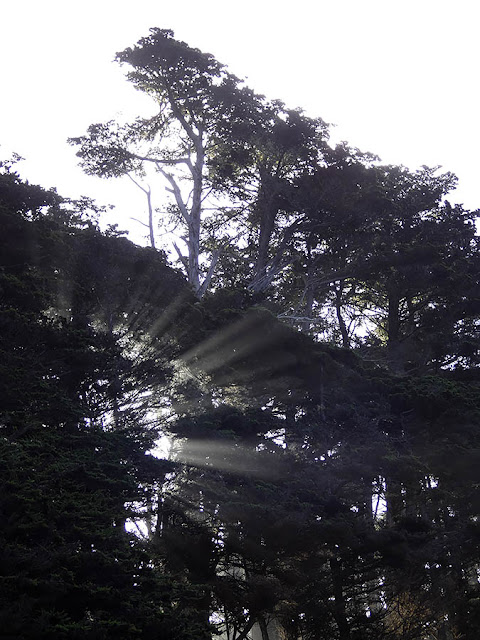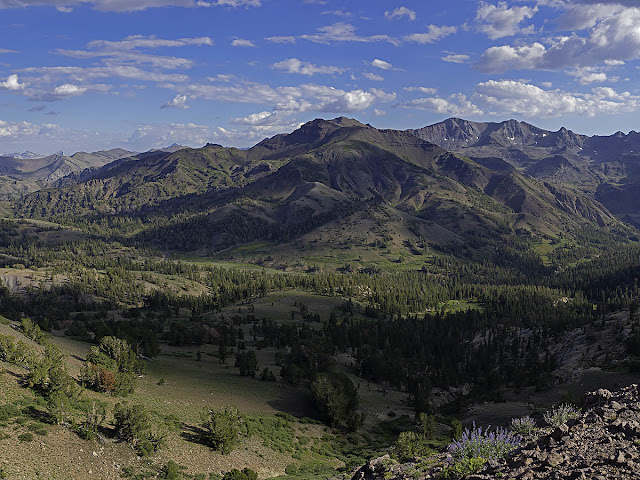 |
Pass Panorama
(click to view larger) |
I've been driving my Mazda 3 for eight years now and still have less than 45,000 miles on it, and yet I've thought about replacing it for a vehicle with higher ground clearance and 4WD. I figured places I would want to go would be off-limits to me otherwise, places like the St. Mary's Pass trailhead parking area. But with a little recon I was able to chart a route from the paved highway through the rutted, rocky entrance. I was proud to park my little Mazda next to higher-clearance pick-up trucks and SUVs, and even a brand new Jeep Wrangler that still had its temporary license plate. I even watched a guy in a Lexus SUV with plenty of clearance start to pull into the parking area, only to turn back and park across the street.
It reminded me of how I'd been sure I couldn't drive the Mazda up to the Patriarch Grove at the Ancient Bristlecone Pine Forest because I remembered how rocky the last section of it was. But by picking my routes and driving slowly, I was able to make it.
After all the trucks and SUVs left, my car was alone in the parking area for the night. The next morning we heard car doors being shut and went to investigate. A guy driving a Honda Fit had made it through.
I know there are places I went with my Jeep Cherokee and Ford Ranger that I wouldn't try with the Mazda, but they are not necessarily places I need to re-visit, especially given all the excellent places I can reach in a regular car.
The one fairly new purchase I made to make camping more appealing to my old bones was a very large tent, a North Face Wawona 6. I don't use this when I camp by myself, mind you, but it's amazing to have when my wife is with me. It's actually bigger than some campsites we've stayed at, so we do have to keep that in mind. The vestibule alone is as big as many 2-person tents. But inside the main tent we have a queen-sized air mattress, with lots of room left over along the sides and in the front, and at six feet tall, I can stand up in it.
All too soon, our stay to Sonora Pass was over; we packed up the tent, crawled the Mazda out through the rocks and ruts, and were soon enjoying a beautiful drive home through the mountains, with the only concerning view being all the dead trees. They dotted the forest here and there, and we could only wonder if eventually there will be vast swathes of them. We were delayed a little due to road work on CA-108, but it was well worth a minor inconvenience to be able to enjoy all the excellent road work that had already been done.
The pleasing part of the drive usually takes a pause right around Sonora as traffic becomes an issue again, and once we've refueled in Oakdale we usually hunker down to cross the valley as quickly as possible. But this time, since we were recently in Wisconsin and had gotten some excellent farm-fresh corn on the cob, we stopped at a farm stand to get some of our own California golden nuggets. We passed a couple of stands along CA-120 before we saw one that advertised corn, called Baba Bazaar, where we loaded up. In addition to the fresh fruit, nuts and veggies we got, they also had numerous flavors of corn nuts which I used to love, plus freaky "garlic chips" which are whole cloves of garlic with a brilliant soft crunch and a surprisingly mild flavor. As we packed our loot in the cooler my wife asked me if I had seen the pies. Fortunately, I had not. But next time....
 |
| The Other Side of the Pass |
 |
| Loco Fruit |
 |
| Minty Fresh Landscape |
 |
| Lupines Catching the Light |
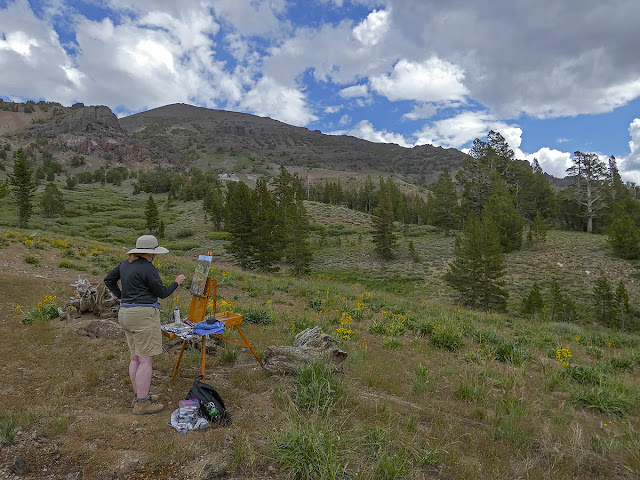 |
| Painting in the Open |
 |
| Bouquet of Faded Skyrocket |
 |
| Fireweed on Edge of Onion Meadow |
 |
| Rein Orchid in the Onion Meadow |
 |
| The Orange Beast |
 |
| Roadside Attractions |
* * *


















